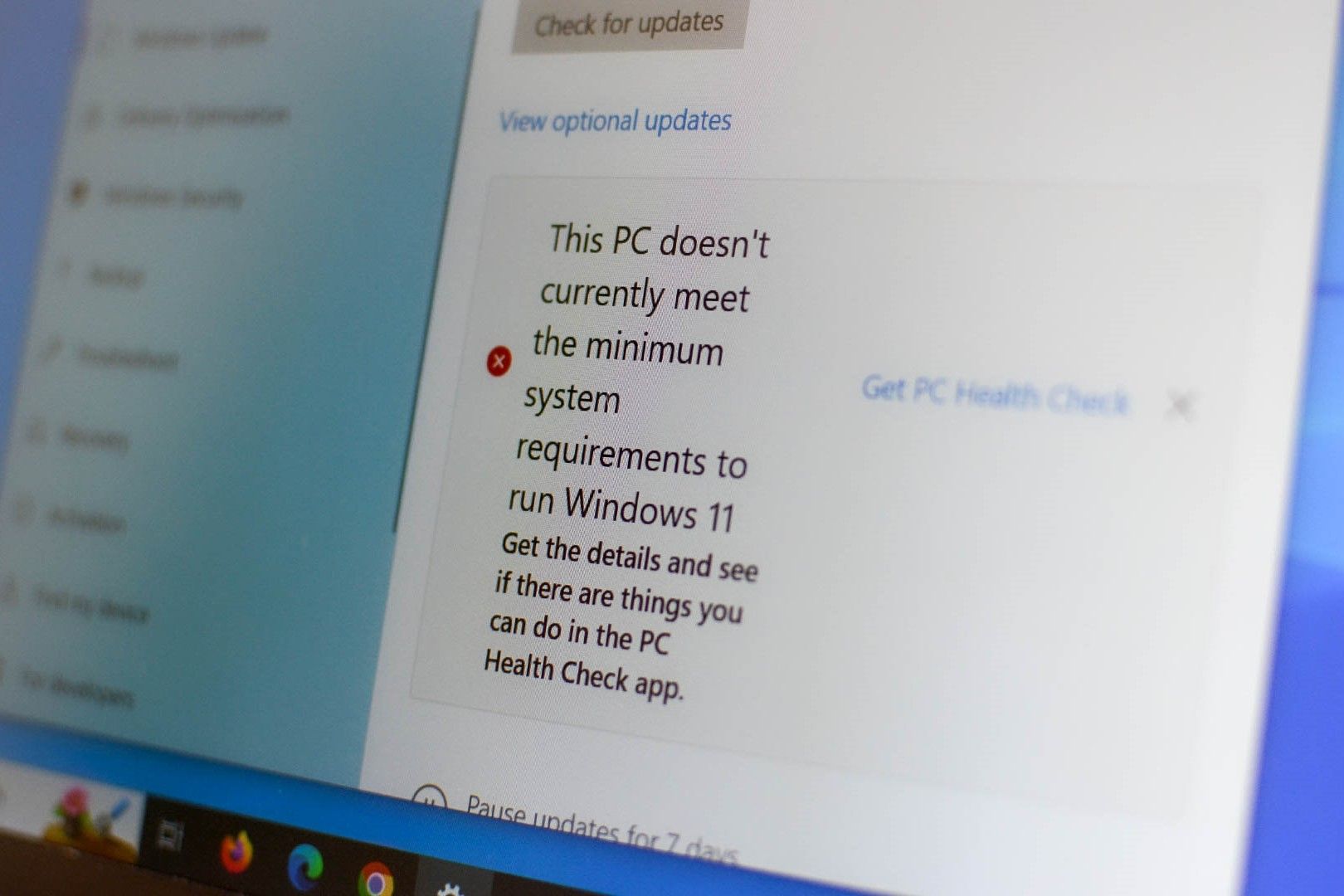Your future medications could be personalized for you on a 3D printer
2 min readChocolate-flavored pills for children who hate taking medicine.
Several drugs combined into one daily pill for seniors who have trouble remembering to take their medications.
Drugs printed at your local pharmacy at personalized dosages that best suit your health needs.
These are just a few potential advantages of 3D drug printing, a new system for manufacturing drugs and treatments on-site at pharmacies, health care facilities and other remote locations.
In 2015, the Food and Drug Administration approved the first 3D-printed drug, Spritam (levetiracetam), for epilepsy. Several other manufacturers and drug companies are developing their own ones.
But the widespread adoption of 3D drug printing will require stringent quality control measures to ensure that people get the right medication and dosage. Even a tiny mismeasurement of a drug’s ingredient during the printing process could endanger a patient’s health.
In a new research paper, NIST research scientist Thomas P. Forbes assesses various approaches to ensuring that 3D drug printers work as designed. The journal article applies a “quality by design” analysis to evaluate the best procedures and protocols to ensure that 3D printers produce drugs at the correct dosages and with the correct mix of chemicals.
Though various methods exist for remotely printing drugs, Forbes focused on one of the most common: inkjet printers and similar systems that can print personalized medication on demand.
Like inkjet printers in homes, though larger, the printer has nozzles that deposit the drug’s liquified materials, or inks, into tiny wells on a tray or directly into capsules. Through freeze-drying and other processes, the liquid can be turned into a tablet or powder poured into a capsule. It can also be evaporated onto a thin film that dissolves in the mouth.
Forbes’ paper does not make any recommendations. Instead, his research identifies and tests several possible methods and techniques for maintaining quality control in 3D drug printing.




